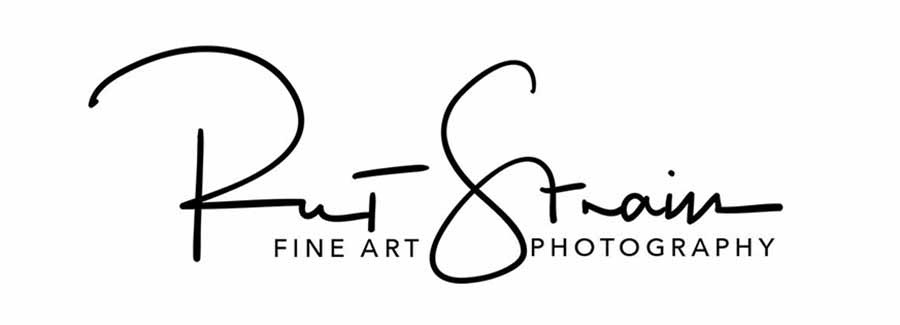Masking with the Object Selection Tool
Previous articles discussed how masks work and masking options with the radial filter. In May 2024, Adobe released the Select Objects masking tool for Lightroom and Adobe Camera Raw.
This extremely useful tooL will change the way you edit many images. It may be worthwhile to return to some of your previous edits to improve them with the Select Object mask.
A major advantage of the radial filter is that it that broad feathering can help seamlessly add or remove light from generalized areas. Select Objects has a sharp edge and is most useful when applied to objects with distinct edges. Rocks, tree truunks and flowers are examples. If the there is a main object is the clear subject of the photo you may wish to try Select Subject for a quick selection. Select Subject is seldom effective in landscape photos, but more useful in wildlife photos, photos of buildings, flowers, people, etc. When there are less dominant objects placed around the image, Select Object works well, particularly when there are sharp, high contrast edges.
Click on individual images to appreciate what is being done.
We had not quite completed work on the Grand Canyon image example when we were discussing use of the Radial Filter. Light and colors had been adjusted throughout the general scene. The outcropping on the lower right still draws a lot of attention. To change this, a rough outline is drawn in side the periphery of the outcropping with the Select Object tool. The tool appears like a brush with a hard edge. It's size can be adjusted up or down with the right and left bracket (] or [). It is not important to be very accurate with the selection...the computer does the work of finding nearby sharp edges.
Once you have made your selection you can add or subtract from the selection by clicking the plus (+) or minus (-) icon. You will then repeatedly use Select Object to increase the area of the selection as was necessary in the above selection. Adding to the selection with Select Object tool made the entire area green. The need for this occurs most often the object has additional areas of higher contrast within it. You may have border areas that refuse to be included in the object even with added Select Object efforts. In this case, try adding to your selection with a small brush, adjusting the feathering of the brush to give a sharp edge. Similarly, if an area is selected that should not be, subtract from the selection with a small brush. Toggling the color overlay on and off will help you see these areas. Some objects will have sharp edges around much of the periphery but indistinct borders in other areas. When this occurs, use the brush tool to add to that part of the object, but feather the brush and use repeated strokes at a lower opacity to create a nice blend.
In the above set, the goal was to lighten the foreground rock. The initial Select Object action gave a sharp edge around the entire object, but there were no sharp edges along the bottom where the long exposure blurred the water over the rock. To keep from having an unnatural sharp edge, feathering was accomplished by adding to the mask with a feathered brush at partial opacity. At that point you may use the sliders to make your adjustments to the selected area. Note that it would have been possible to select additional rocks at the same time with the "add" feature or to make new masks of additional rocks to treat them separately.
There are situations where you may want to select an object, but things can go wrong. In the below image, the lily pads worked very well with Select Object. Let's say you want to darken the most prominent bald cypress trees. The Select Object tool blends background sky areas behind the trees into the selection. The result is shown in the third figure. Indistinct edges, overlapping objects such as branches, colors of similar luminance (value) and otherwise complicated objects can be difficult to handle with Select Object. The best way around this may be the use of a Range Mask. We will discuss uses of the Luminance and Color Range masks in the next article.













